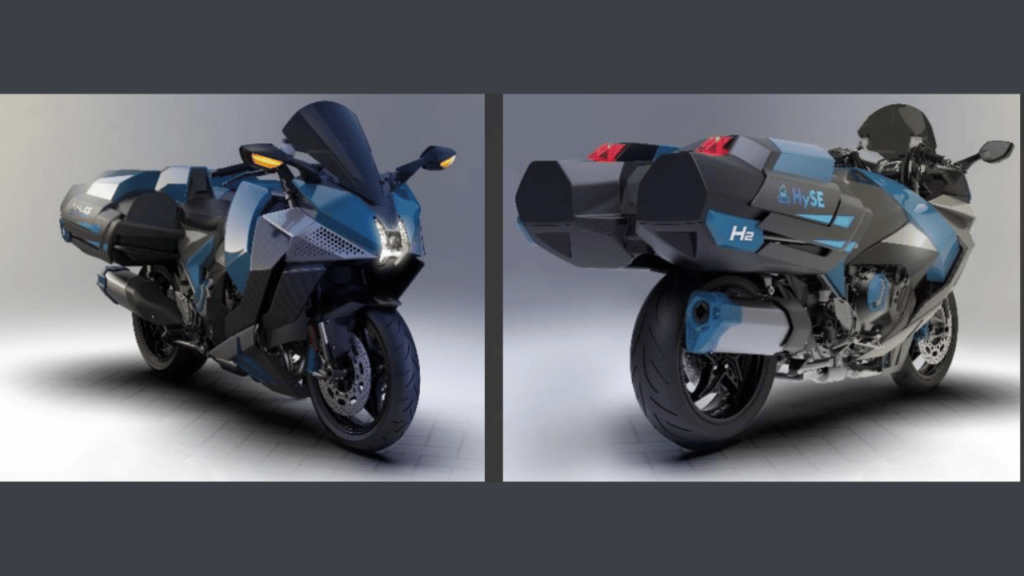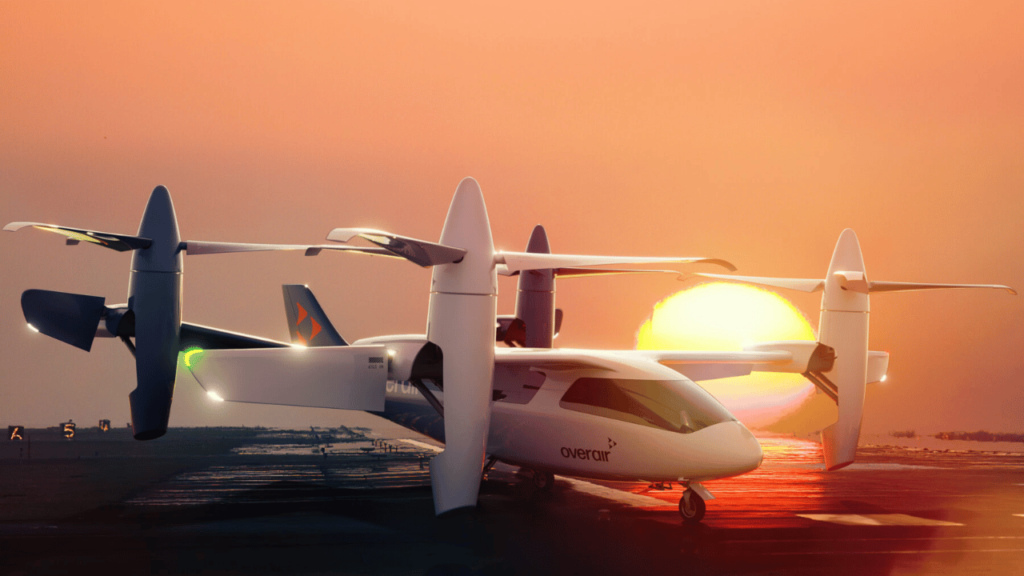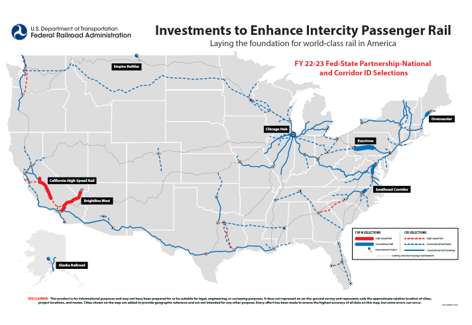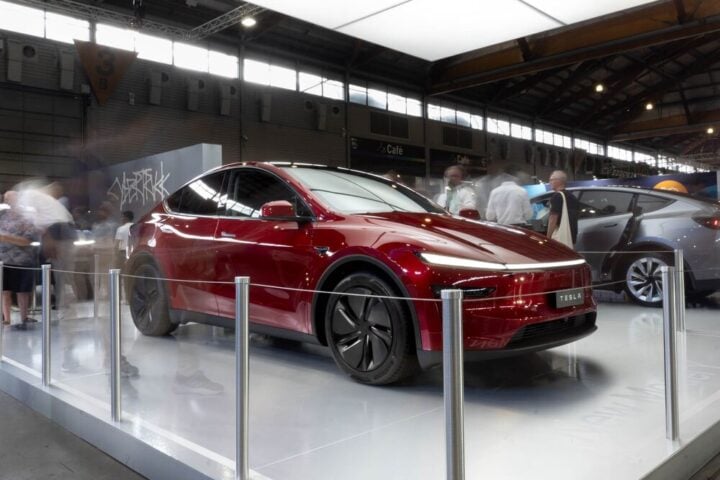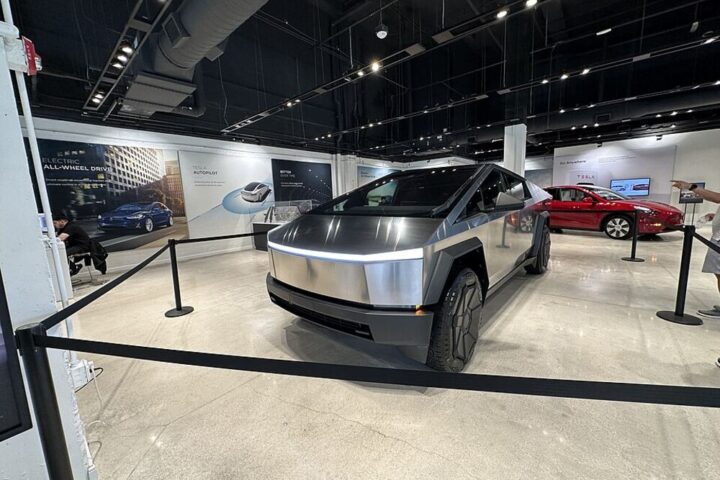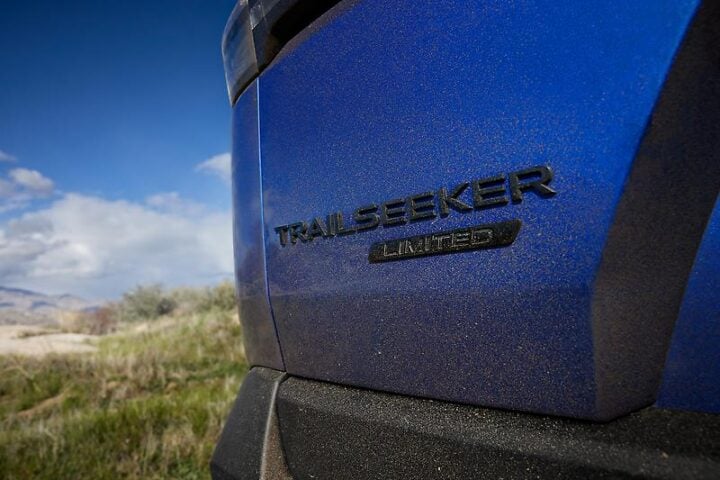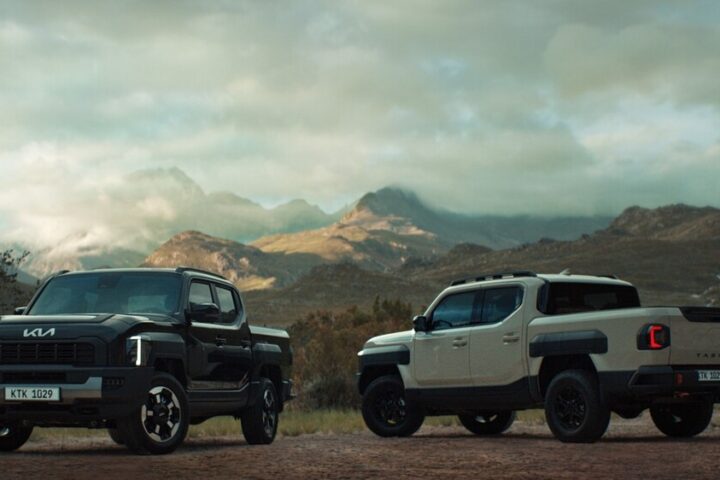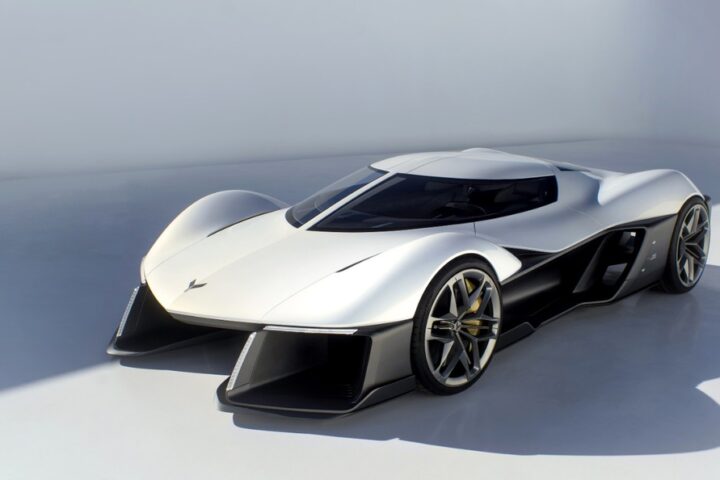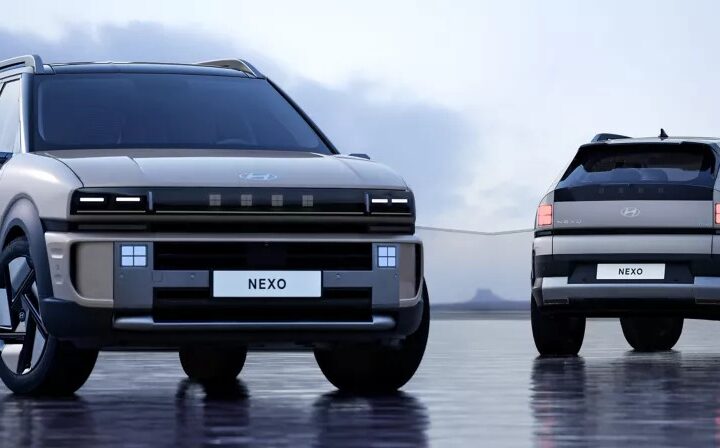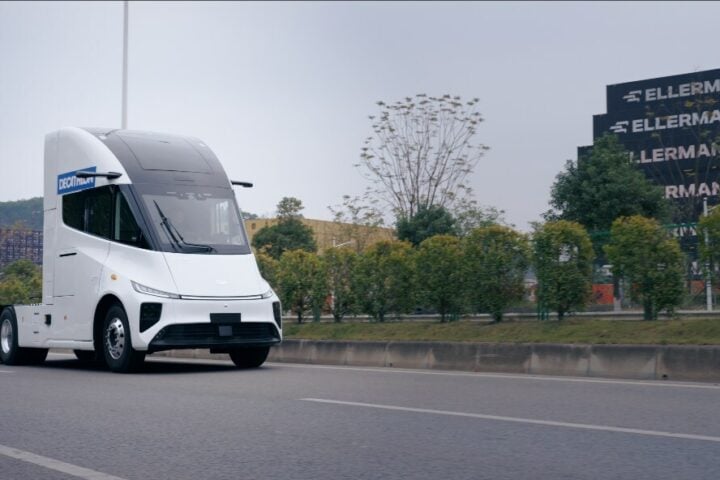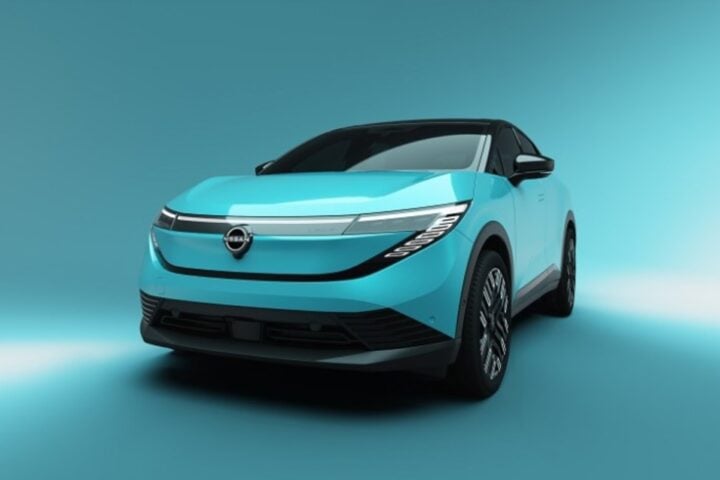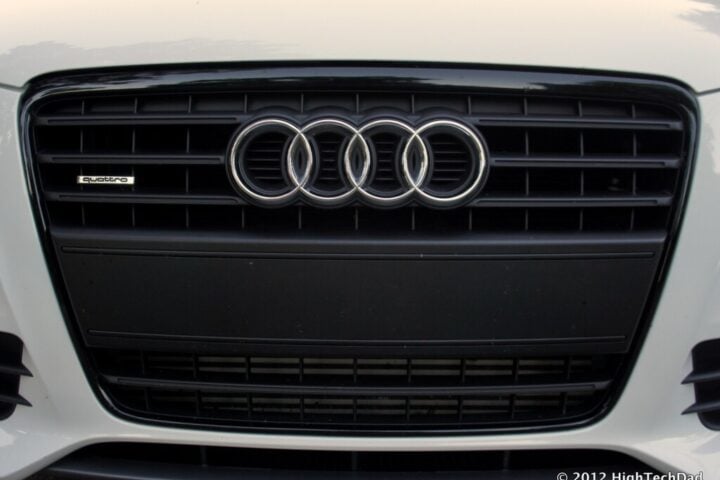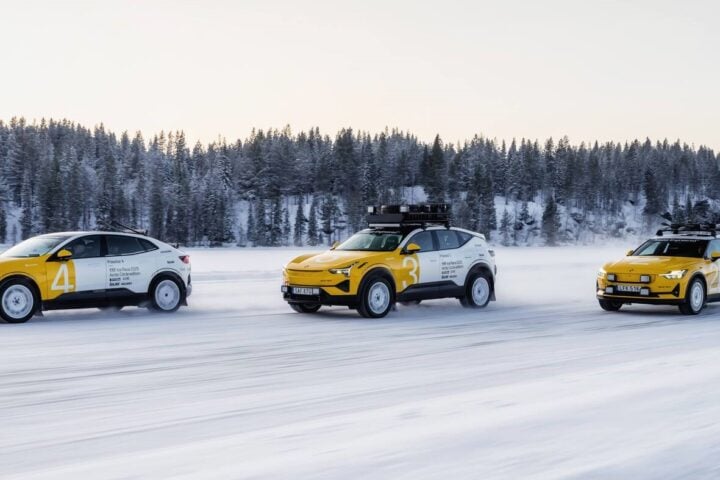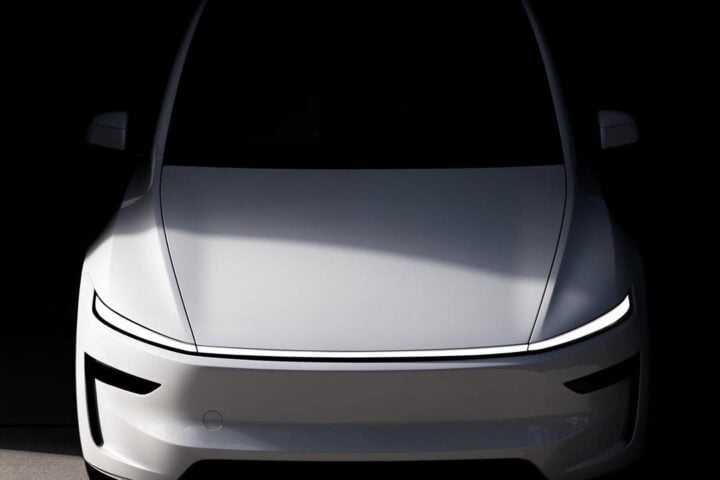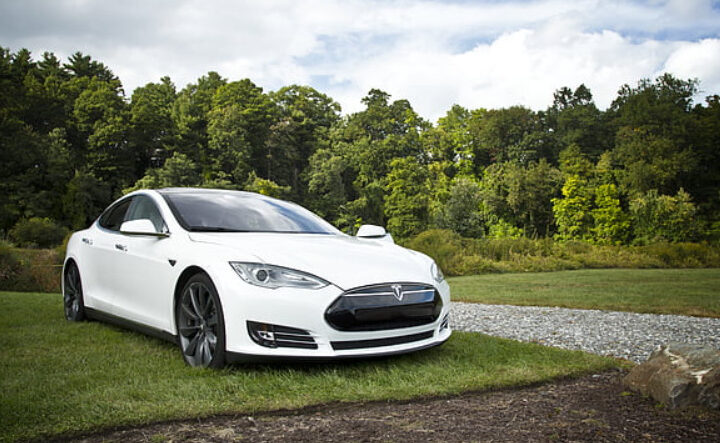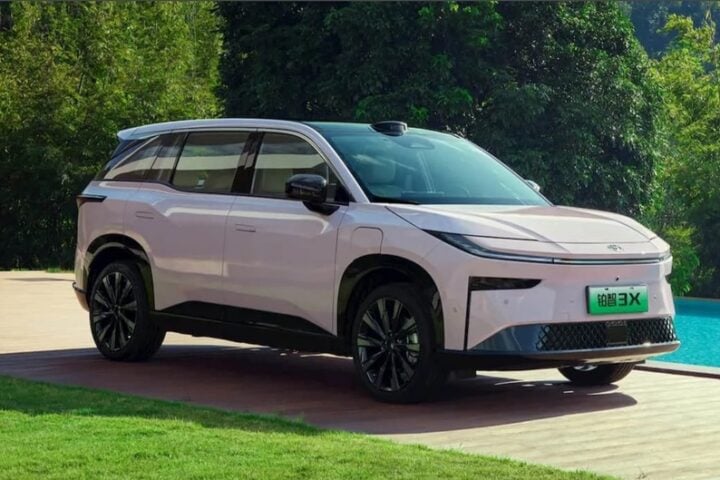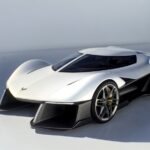Kawasaki has made a bold leap into the future of motorcycle technology with the introduction of the Ninja H2 HySE, its first hydrogen-powered sports bike. This groundbreaking prototype, revealed at Kawasaki’s ‘Group Vision 2030 Business Report Meeting,’ showcases a blend of cutting-edge engineering and anime-inspired aesthetics.

The Ninja H2 HySE is not just a concept but a tangible step towards Kawasaki’s ambitious goal: by 2035, all its motorcycles in key markets like Australia, Canada, Europe, Japan, and the United States will be electric, as part of its “Group Vision 2030” plan. This hydrogen motorcycle is expected to hit the market around 2030.

What makes the Ninja H2 HySE stand out is its design and functionality. Based on the Ninja H2 SX platform, the bike features a supercharged 998cc inline-four engine, adapted for hydrogen fuel in collaboration with Toyota. It’s a direct nod to the H2 Mach IV of the 1970s, but with a futuristic twist. The bike includes dual-taillight design and unique storage compartments for hydrogen canisters, cleverly integrated where you’d typically find hard panniers.
The hydrogen technology itself is an area of keen interest. Kawasaki, working within the HySE Consortium (including Yamaha, Suzuki, Honda, and Toyota), is exploring the potential of hydrogen as a viable alternative to traditional fossil fuels. This initiative is not just about motorcycles; Kawasaki also plans to adapt this technology for aircraft engines.
The hydrogen engine concept is based on Kawasaki’s experience with supercharged engines. The challenge lies in storage and delivery, as hydrogen requires high pressures and low temperatures. Kawasaki’s solution is an array of swappable hydrogen cartridges, a strategy that also simplifies refueling.
While the H2 HySE is a significant step, it’s still in the early stages of development. Kawasaki intends to test the engine’s capabilities further by entering a hydrogen-powered buggy in the Dakar Rally. This approach reflects a broader trend in the industry, where manufacturers are exploring various paths, including electric and hydrogen power, to meet future environmental and regulatory demands.
Kawasaki’s exploration into hydrogen power doesn’t end with motorcycles. Plans include adapting the technology for aircraft engines, showcasing the potential versatility of hydrogen fuel. This direction is not just a shift in power sources but a transformative approach to mobility, aligning with global environmental goals.
Similar Posts
Key Aspects of Kawasaki’s Hydrogen Initiatives:
- Liquefied Hydrogen Supply Chains: Kawasaki Heavy Industries (KHI) is spearheading the creation of international liquefied hydrogen supply chains, collaborating with global partners such as ADNOC and PTT Global Chemical. This initiative focuses on large-scale hydrogen production, liquefaction, and maritime transportation, setting the stage for a new era in energy logistics.
- Hydrogen Gas Turbines for Power Generation: In the realm of power generation, KHI has observed a surge in orders for hydrogen gas turbines, particularly in Europe and Japan. These turbines are pivotal in KHI’s vision of establishing power generation facilities that leverage the efficiency and sustainability of hydrogen.
- Hydrogen-Powered Robotics: In an innovative crossover, KHI is integrating hydrogen fuel cells into its robotics division. This integration aims to achieve carbon neutrality in robotic applications, blending advanced technology with environmental consciousness.
- Vehicle Initiatives with Toyota: Collaborating with Toyota Motor Corporation, KHI has contributed to the development of a hydrogen-powered Toyota Corolla. This partnership underscores the commitment to creating carbon-negative solutions in the automotive sector.
- Renewable Energy and Carbon Neutrality: KHI’s projects are intrinsically linked to renewable energy and the goal of carbon neutrality. This approach aligns with global efforts to reduce CO2 emissions and foster sustainable development.
- Direct Air Capture (DAC) Technology: KHI is also developing DAC systems to capture CO2 directly from the atmosphere. With a target scale set for 2030, this initiative represents KHI’s proactive approach to addressing global CO2 balance needs.
- Hydrogen in Society: Beyond industrial applications, KHI is also focusing on promoting hydrogen demand in communities, exemplified by initiatives in Kawasaki city. This approach aims to create sustainable regional development centered around hydrogen technology.
- Hydrogen-Powered Social Robots: Extending its vision to social robotics, KHI is developing robots powered by hydrogen fuel cells. This venture showcases KHI’s dedication to integrating sustainable technologies into diverse sectors.
Kawasaki Heavy Industries (KHI) is at the forefront of hydrogen technology, creating a diverse ecosystem where hydrogen is key to sustainable solutions in transportation, power generation, and robotics. This strategic approach demonstrates KHI’s dedication to leading the renewable energy revolution with a strong focus on innovation and sustainability.
